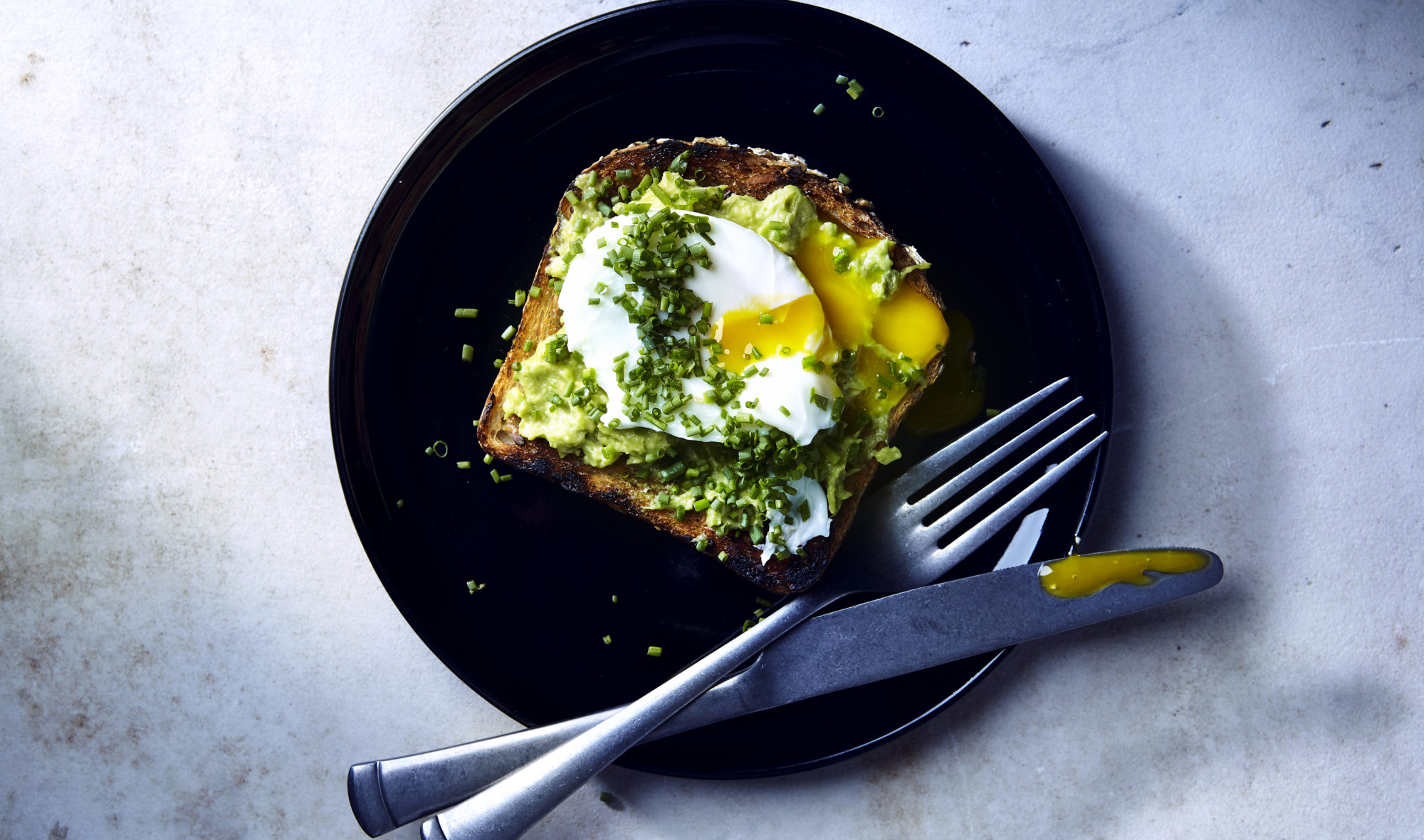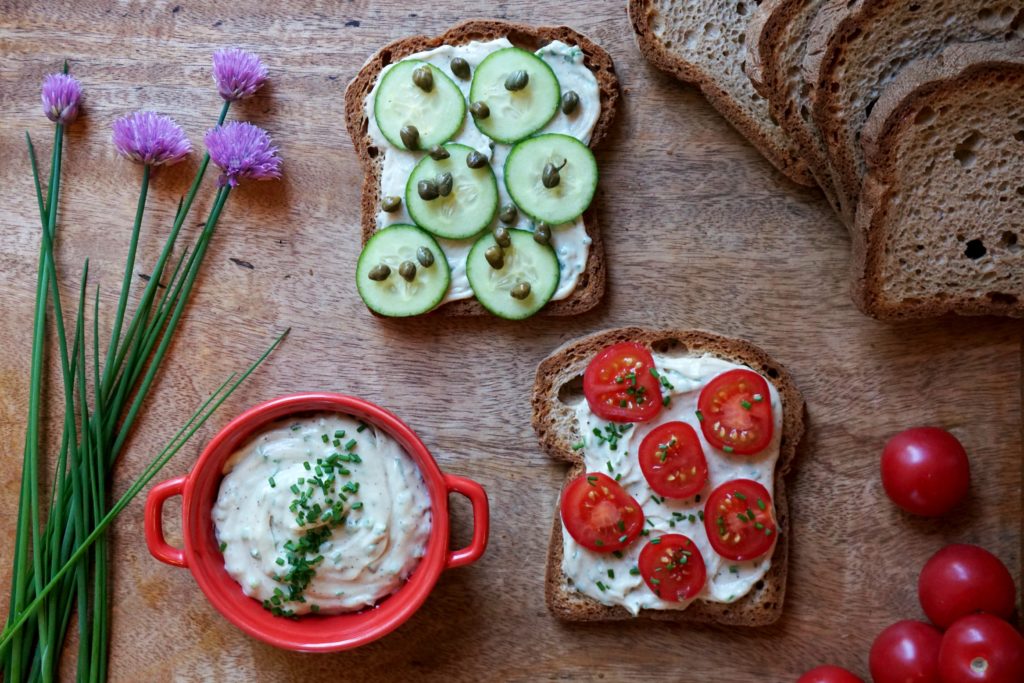Chives


As you will know upon your first bite, chives are related to onions and are part of the Allium family. Like many other members of this family, chives have a distinctive pungent oniony flavor, which comes from an abundance of sulfur compounds. However, chives are milder and sweeter than many other members of this family and may be eaten raw without any nose-wrinkling. Because chives are usually used more like a spice than a substantive food, they are not a significant source of macronutrients, in the amounts typically consumed. However, chives still contain nutritious compounds, most notably sulfur compounds. These sulfur compounds may benefit circulatory, immune, and digestive health. Unfortunately, it's these same sulfur compounds that repel kissing partners.
As you sample your first nibble, you will know immediately that chives are related to onions. With their long, delicate, tubular green stems, chives appear very different from onions and garlic, but they all belong to the same bold, flavorful, and sometimes breath-offending Allium family.
The green stems, or scapes, of the chive plant are rich in sulfur compounds, which is what gives the Allium family their distinctive, sharp taste. However, while most Allium plants have to be cooked to mellow out their flavor, chives are slightly sweeter and more delicate tasting and can be added raw to dishes for a mild, fresh, oniony zing.
Chives are in season from late spring to mid-summer. Gardeners like chives not only for their culinary uses, but also because the sulfur compounds repulse insects. When planted around other flowers or vegetables, chives act like bodyguards to keep pests away.
Although it is their scapes that are typically used for culinary purposes, chive plants also host beautiful, globular, violet-colored blossoms and pale root bulbs that are also edible.
Chive scapes are green, thin, tubular strands that taper to a sharp point. Although chives are usually sold in bunches that only include the scapes, the violet-colored blossoms and the pale root bulbs of the chive plant are also edible.
Chives have a sharp, oniony flavor similar to raw onion, but milder, sweeter, and more herbaceous. Chives are very similar to green onion tops, except they are more delicate, both in structure and flavor.
Chives, in terms of the quantities typically consumed, are used more like a spice/herb than a substantive food. One tablespoon of minced chive contains less than one calorie and is not a significant source of macronutrients.
However, like many other herbs and spices, chives are rich in health-benefitting compounds, particularly sulfur compounds, which may benefit circulatory, immune, and digestive health.
Chives can be found fresh when in season in many grocery stores and farmers’ markets. Out of season, they are usually sold minced and dried.
When choosing fresh chives, look for bunches with firm, evenly green stems. Avoid bunches that show signs of wilting, dryness, or yellowing.
Dried chives are usually sold in plastic zip-packs in the spice section of a store. They may also be found in bulk food stores. In these cases, shop at stores with high product turnover. Good quality dried chives will be bright green and should smell pungent and delicious. If dried chives appear very pale or have lost their aroma, they are probably past their prime.
Fresh chives should be stored in the fridge. Wrap them in a moist paper towel to preserve turgidity. Kept in this way, fresh chives can last for a week.
Fresh chives can also be frozen. Wrap them whole in plastic wrap, or chop them up and freeze them in olive oil. Kept in this way, chives will stay flavorful for about six months.
Dried chives, like all dried herbs and spices, should be kept in an airtight container in a cool, dry, dark cupboard. Although they may last beyond this time, dried chives will begin to lose their potency after about six months.
Chives can be eaten raw as-is, and need no special preparation. However, rather than eaten solo, they are usually mixed into other dishes for added flavor.
Chives are spectacular whisked into scrambled eggs, and make a wonderful topping for soups, salads, and sandwiches. Chives and cream cheese or yogurt are a particularly good match and can be mixed together to make a delicious dip or spread.

Minus the passive time it takes to soak the cashews, this savory vegan chive-infused cheese spread is unbelievably easy and quick to make! It is versatile and can be incorporated onto crackers or sandwiches, or mixed into salads or pasta dishes.
Prep Time: 240 minutes Cook Time: 0 minutes Yield: 6-10 servings
First, soak your cashews: place cashews in a jar and cover with water by a couple of inches. Allow to soak for 4 hours, or place in the fridge to soak overnight. When soaking time is up, drain and rinse the cashews.
Place soaked cashews, lemon juice, olive oil, salt, and pepper in a high-speed blender or food processor, and process until smooth. Transfer mixture to a bowl and fold in minced chives.
Use spread as you would cream cheese: in sandwiches, on crackers, or even incorporated into a creamy sauce or dressing for pasta or salads.
Store leftovers in an airtight container in the fridge for 3-4 days.
Precision Nutrition’s Encyclopedia of Food expands every single month as we highlight new foods and showcase beautiful food photography. If you’d like to stay up to date, simply click this link. From there, we’ll send you a FREE copy of our recipe book. We’ll also let you know when new and delicious foods are added to the site.
As you will know upon your first bite, chives are related to onions and are part of the Allium family. Like many other members of this family, chives have a distinctive pungent oniony flavor, which comes from an abundance of sulfur compounds. However, chives are milder and sweeter than many other members of this family and may be eaten raw without any nose-wrinkling. Because chives are usually used more like a spice than a substantive food, they are not a significant source of macronutrients, in the amounts typically consumed. However, chives still contain nutritious compounds, most notably sulfur compounds. These sulfur compounds may benefit circulatory, immune, and digestive health. Unfortunately, it's these same sulfur compounds that repel kissing partners.